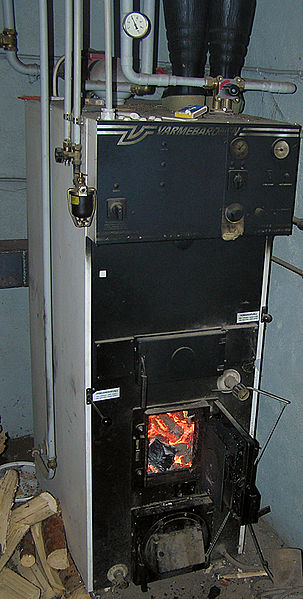Energy recovery includes any technique or method of minimizing the input of energy to an overall system by the exchange of energy from one sub-system of the overall system with another. The energy can be in any form in either subsystem, but most energy recovery systems exchange thermal energy in either sensible or latent form.
Berner Tricoil Energy Recovery System atop the Center for Sustainable Landscapes in Pittsburgh, Pennsylvania
Electric Turbo Compound (ETC) cross section
Heating, ventilation, and air conditioning
Heating, ventilation, and air conditioning (HVAC) is the use of various technologies to control the temperature, humidity, and purity of the air in an enclosed space. Its goal is to provide thermal comfort and acceptable indoor air quality. HVAC system design is a subdiscipline of mechanical engineering, based on the principles of thermodynamics, fluid mechanics, and heat transfer. "Refrigeration" is sometimes added to the field's abbreviation as HVAC&R or HVACR, or "ventilation" is dropped, as in HACR.
Rooftop HVAC unit with view of fresh-air intake vent
Ventilation duct with outlet diffuser vent. These are installed throughout a building to move air in or out of rooms. In the middle is a damper to open and close the vent to allow more or less air to enter the space.
The control circuit in a household HVAC installation. The wires connecting to the blue terminal block on the upper-right of the board lead to the thermostat. The fan enclosure is directly behind the board, and the filters can be seen at the top. The safety interlock switch is at the bottom left. In the lower middle is the capacitor.
Central heating unit






